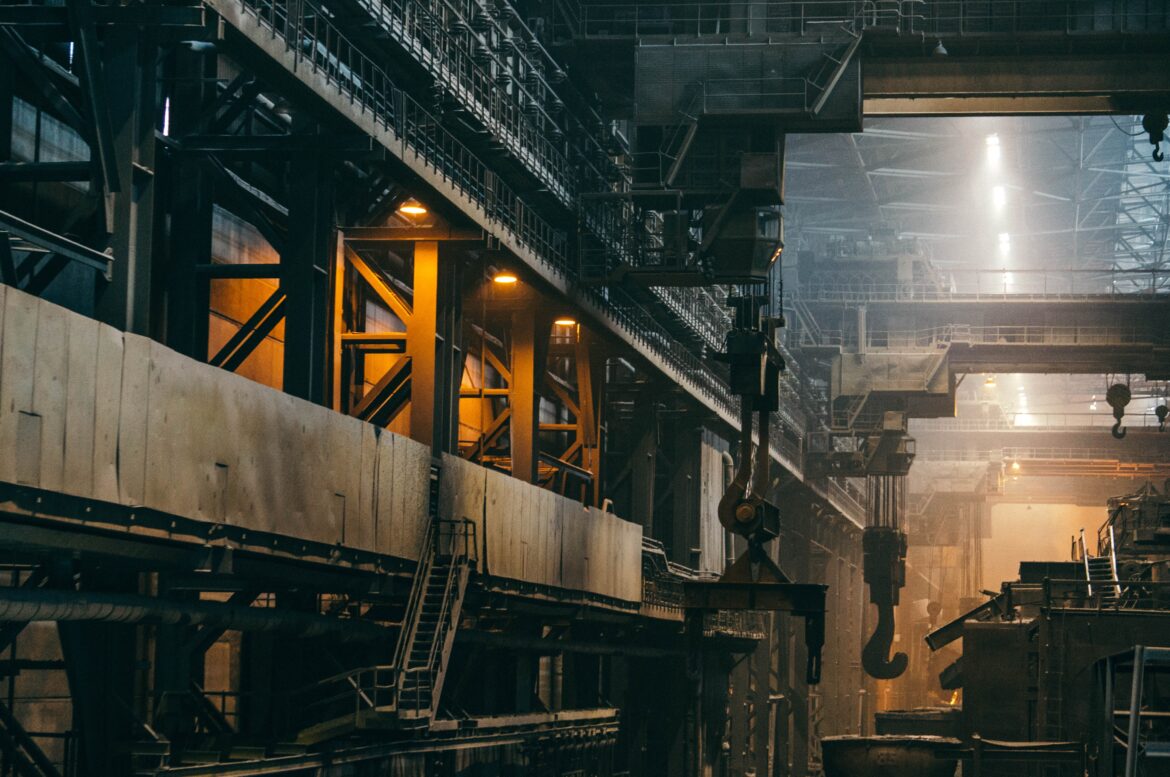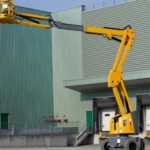Factory production and maintenance is a critical parts of any business. But without total productive maintenance (TPM), it’s possible for a factory to lose efficiency, produce inferior products, and waste valuable resources. Total productive maintenance is an integrated system of processes designed to optimize productivity and ensure quality in the manufacturing process. In this article, we’ll discuss the various components of TPM and how you can use them to get your factory up and running. We’ll also look at some success stories from other factories that have implemented TPM with great results.
What is Total Productive Maintenance?
Total productive maintenance (TPM) is a proactive maintenance strategy that seeks to prevent equipment failures and downtime. TPM involves all employees in maintaining and improving the performance of equipment and machines.
TPM programs typically include five key components:
1. Autonomous maintenance: This involves empowering workers to perform basic maintenance tasks, such as cleaning, lubricating, and adjusting equipment. This reduces the reliance on skilled technicians and results in fewer equipment failures.
2. Planned maintenance: This is a preventive approach that uses scheduled downtime to inspect and service equipment. This helps to identify potential problems before they cause downtime.
3. Quality maintenance: This focuses on preventing defects and ensuring that products meet quality standards. Quality maintenance activities can include inspecting products for defects, conducting root cause analysis of quality problems, and implementing corrective actions.
4. Early Equipment Management: This proactively manages equipment through its entire life cycle, from purchase to disposal. Early Equipment Management includes activities such as developing specifications for new equipment, evaluating supplier proposals, and managing the installation of new equipment.
5 . Education and training: TPM programs require employees to be properly trained in order to be effective. Training may include classroom instruction, on-the-job training, or e-learning courses.
The Benefits of Total Productive Maintenance
Total Productive Maintenance, or TPM, is a preventative maintenance approach that aims to keep all equipment in a factory running at peak efficiency. The benefits of TPM are two-fold: first, it can help reduce downtime and increase productivity; second, it can improve the quality of products coming off the production line.
When implemented correctly, TPM can have a significant impact on a company’s bottom line. For example, one study found that TPM helped a Japanese auto manufacturer increase its overall equipment effectiveness by 20 percent (OEE is a measure of how well a manufacturing process is performing).
Other benefits of TPM include:
– Reduced downtime: By regularly maintaining equipment, factories can avoid unexpected and costly breakdowns.
– Improved quality: By catching problems before they cause defects, TPM can help improve the quality of products.
– Enhanced safety: Properly maintained equipment is less likely to fail and pose a safety hazard to workers.
– Lower costs: Regular maintenance can save money in the long run by prolonging the life of equipment and preventing expensive repairs.
TPM is not without its challenges, however. Implementing TPM can be costly and time-consuming, and it requires buy-in from all levels of the organization. But for companies that are willing to make the investment, TPM can be a valuable tool for improving productivity and quality.
Implementing Total Productive Maintenance
Total Productive Maintenance (TPM) is a holistic approach to factory maintenance that emphasizes proactive and preventative measures in order to keep equipment running at peak efficiency. TPM includes all aspects of maintenance, from daily cleaning and inspection to more extensive repairs and upkeep.
The goal of TPM is to minimize downtime and maximize productivity. To achieve this, TPM puts an emphasis on regular communication between operators and maintenance staff, as well as ongoing training for all employees on how to properly care for equipment.
Implementing TPM can be a challenge, but the benefits are clear. By taking a proactive approach to maintenance, factories can reduce downtime, increase productivity, and improve overall quality.
TPM in Action: A Case Study
In any factory, there are many opportunities for Total Productive Maintenance (TPM) to be put into action. By using TPM, a company can improve equipment efficiency, reduce unplanned downtime, and create a safer work environment. Let’s take a look at how TPM was implemented at one company and the results they achieved.
The company in question is a manufacturer of automotive parts. They had been struggling with equipment breakdowns and safety issues for some time. After implementing TPM, they were able to achieve the following results:
– Equipment efficiency increased by 15%
– Unplanned downtime decreased by 25%
– Safety incidents decreased by 50%
Overall, the company was very pleased with the results of implementing TPM. They were able to improve their equipment efficiency, reduce unplanned downtime, and create a safer work environment.
Conclusion
To conclude, implementing Total Productive Maintenance (TPM) into your factory can be a great way to improve the efficiency and effectiveness of your operations. It is an effective process that can help you identify potential issues and prevent them from becoming costly problems in the future. In addition, it can empower your employees with the tools they need to make sure that their work is done quickly and efficiently, resulting in better productivity for your business. So if you’re looking for ways to get more out of your production processes, consider investing some time and energy into Total Productive Maintenance today!










